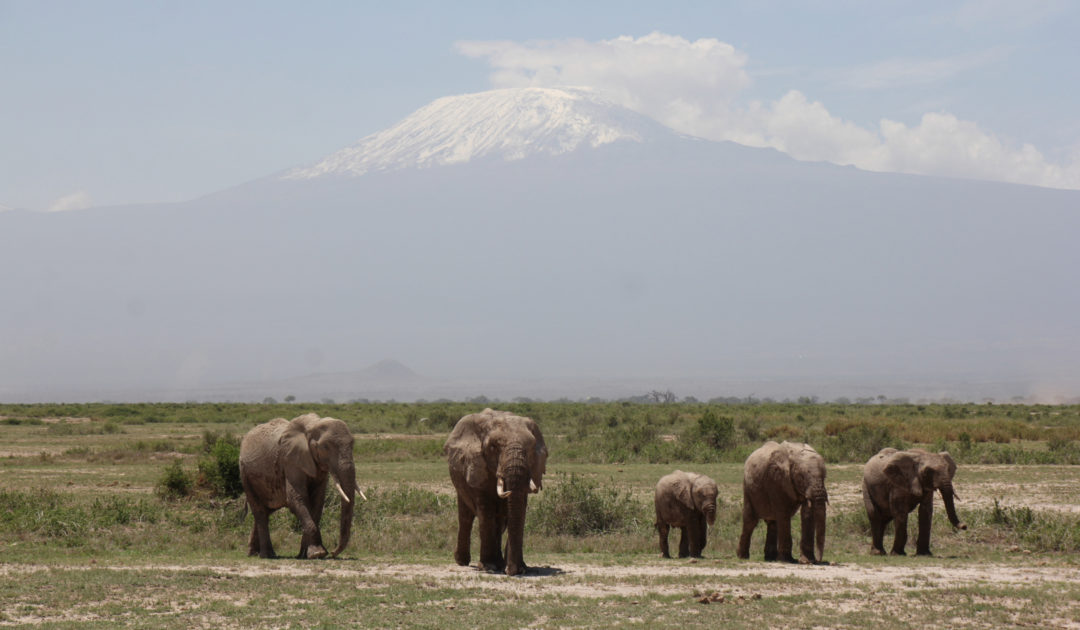Research Group Geobiodiversity Research
Macroevolution of Climatic Niches
Emmy Noether Research Project
This page is dedicated to the Emmy Noether project „Macroevolution of climatic niches in birds“, which was awarded to Dr Susanne Fritz by the German Research Foundation (DFG, Deutsche Forschungsgemeinschaft) and ran from summer 2014 until early 2021. The original project duration was 5 years, with a successful renewal proposal extending this to 6 years, and an additional 3-month extension due to the onset of the global COVID-19 pandemic in the final project year. Apart from the Emmy Noether group leader herself, the project employed two PhD students (3 years each) in the original project and a postdoctoral researcher (1.25 years) in the renewal phase.
The original project duration was 5 years, with a successful renewal proposal extending this to 6 years, and an additional 3-month extension due to the onset of the global COVID-19 pandemic in the final project year. Apart from the Emmy Noether group leader herself, the project employed two PhD students (3 years each) in the original project and a postdoctoral researcher (1.25 years) in the renewal phase.
Climatic niches and species’ traits in birds
How do species interact with their abiotic and biotic environment, and how can such interactions change through time? Bridging the research fields of macroecology and macroevolution, the project focussed on the ecological niches of species and the evolution of these niches over geological timescales. The ecological niche of a species encompasses all abiotic and biotic conditions where individuals of a species can survive and reproduce successfully. We studied two aspects of this niche: i) the climatic niche, i.e. the climatic conditions necessary for survival and reproduction; and ii) ecologically relevant morphological traits, which shape diet and foraging, locomotion, and habitat use, e.g. the size and shape of beak and wing. Our goal was to reveal how and why climatic niches and traits differ across species, how they evolve, and how they might be related to each other. For the project, over 500 species of birds were investigated. These constitute eight groups of passerine birds (i.e., from the order Passeriformes) selected for their mix of closely related migratory and resident species, as we also wanted to know how seasonal migration impacts climatic niches and traits.
Diversity dynamics in space and time
Taking an even broader perspective, we also analysed different aspects of biological diversity, such as species richness and trait diversity. We were interested to see how the number of species (richness) in a place is related to its environmental conditions, and studied this along different elevational gradients (Andes, Mount Kilimanjaro) in birds and globally in terrestrial vertebrates (birds, mammals, and amphibians). In many of these studies, we compared richness to trait diversity, i.e. which traits the species in a place or group have and how different these traits are from each other. This was done to understand how environmental conditions might select which species with specific traits can occur and interact with each other in a given place. We also investigated how richness and trait patterns and their relationships with climatic conditions change through time, e.g. among seasons in birds across the world, or over geological timescales in fossil mammals of the Neogene (roughly 23-2 million years ago) across North America and Europe.
Scientific results
Please see the drop-out menu below for our selection of important results and publications, as well as links to press releases that explain specific results in more general terms.
Achievements in numbers
We compiled and linked extensive global datasets of geographic occurrences of living species, climatic conditions, species’ traits, and species-level molecular phylogenies (i.e. „family trees“ of species that show evolutionary relationships and timing of divergence). Most of these are for eight selected groups of birds (ca. 500 species), and some are global for all non-marine birds (ca. 10,100 species). We also compiled and investigated data from the fossil record, in particular >12,000 occurrence records for ca. 690 genera of large mammals. We published >25 peer-reviewed publications to date, including in high-impact journals, and disseminated our work at >20 scientific conferences and through six press releases (see links below). Both students in the project have been awarded a PhD from Goethe University Frankfurt, and four additional completed PhD theses, two theses in the MSc Ecology and Evolution, and two theses in the BSc Biological Sciences were associated with the project.
